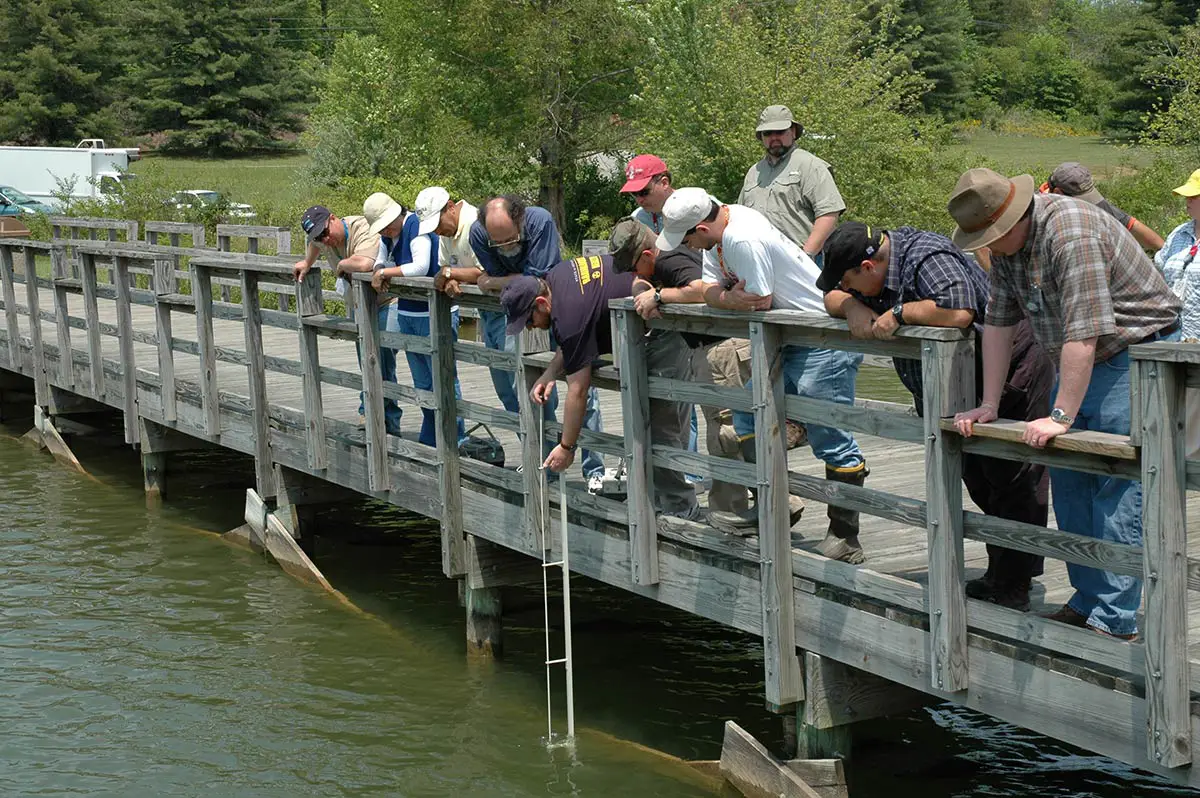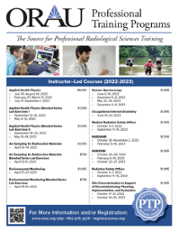Environmental Monitoring Online Training
Training course introduces theories and methods of measuring outdoor radiation levels
Introduction
ORAU's PTP is now offering an expanded version of the Environmental Monitoring Online Training course.
Participants will now have access to both lecture and lab materials through self-paced modules and pre-recorded videos, developed by the same team that provides the instructor-led training.
The American Academy of Health Physics grants 40 Continuing Education Credits for completion of this course.
Course description
Monitoring programs for environmental radioactivity have been, or are being, established at many facilities. It is essential to ensure that appropriate types of samples are collected, appropriate measurements are made, correct sampling and measurement techniques are employed, and the best locations for these samples and measurements are selected. To help meet the need for trained personnel in this area, ORAU developed the Environmental Monitoring Online Training course.
The course contains 17 self-paced modules and 10 pre-recorded videos designed to introduce participants to the basic theories and mechanics of environmental monitoring for radioactivity. The videos provide an unobstructed view of the instructors conducting each exercise and processing the data that is collected. This course is expected to take 40 hours to complete.
A list of the modules included in the course is provided below, along with instructions about the registration process. In order to complete the course, you will be required to pass an exam. A passing score is 70+ out of 100. You will have three attempts to successfully complete the exam. Upon successful completion of the exam, a course certificate of completion will be provided.
PTP instructors will be available via email, phone, or Microsoft Teams to answer questions and provide assistance when needed.
Target audience
This online course is designed for individuals who design and/or implement environmental monitoring programs and have limited practical and/or theoretical experience in this area.
Cost
$2,195 - Tuition includes access to the course materials via the ORAU Learning Management System (LMS).
Questions
If you have additional questions about this course, please contact the Registrar.

